A settlement at the foot of Kolkata’s Dhapar Maath

A sudden hustle unfolded amongst the residents of the Khanaberia village on a Sunday morning. A 15-year old boy had gotten run over by a garbage trolley in the wasteland. They tried rushing him to the hospital, but he succumbed to his injuries on the way. And this wasn’t an unusual story to be heard of here.
Tucked away at the foot of the wasteland, popularly known as Dhapar Maath, Khanaberia is a small village 5kms off the highway running through Chingrihata. People here have made a life for themselves living off the waste produced by the entire city.
The elder members in the village mostly earn from the strenuous hours spent at the wasteland. Depending on the hours spent there, they make a maximum of Rs.500 – Rs.600 per day. A meagre amount compared to the hours spent scavenging at the Dhapa, day in and day out.
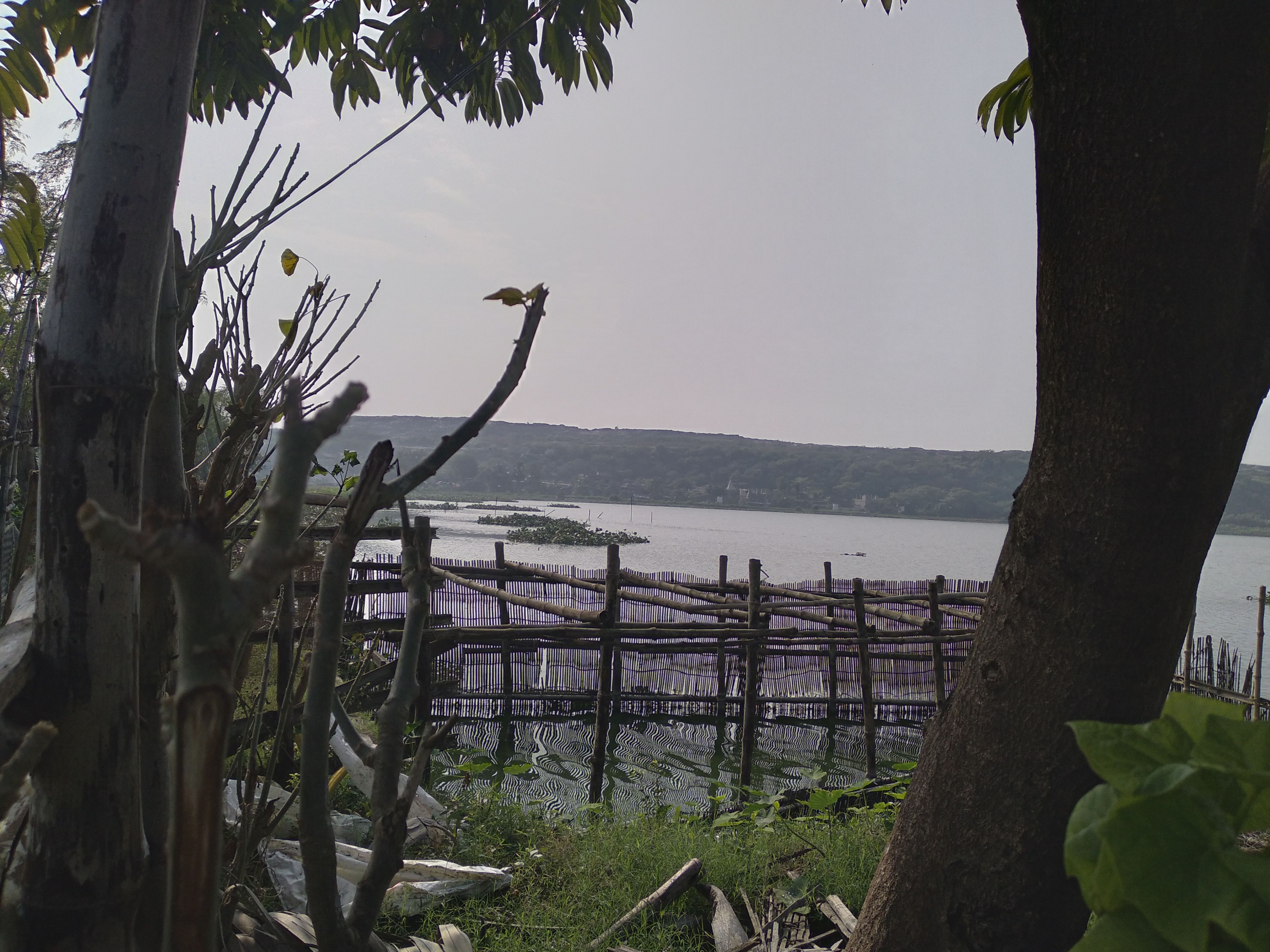
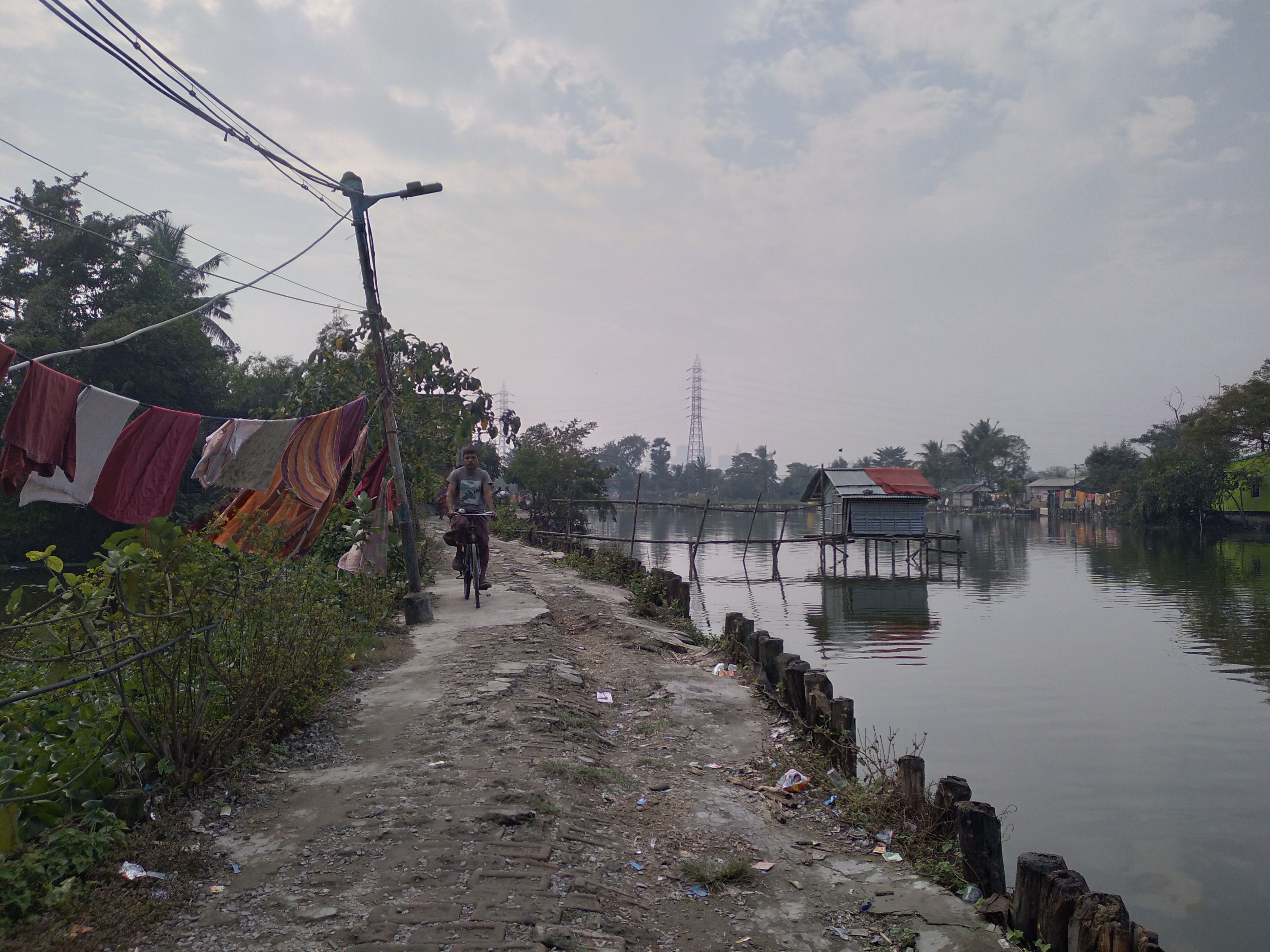
Children from the village are also found working in the wasteland. They have a primary school situated right at the heart of the village. However, ensuring their attendance at school is a near-impossible task for the parents, teachers and even the NGO workers.
Boys aged from 7-to 8 years are found working in the wasteland. The few extra bucks earned there help them take care of their own interests. However, these interests of theirs are indeed concerning. Gambling and dealing in drugs aren’t unusual sights in this village. And that doesn't hold true for just the elderly men here but includes the children of Khanaberia too.
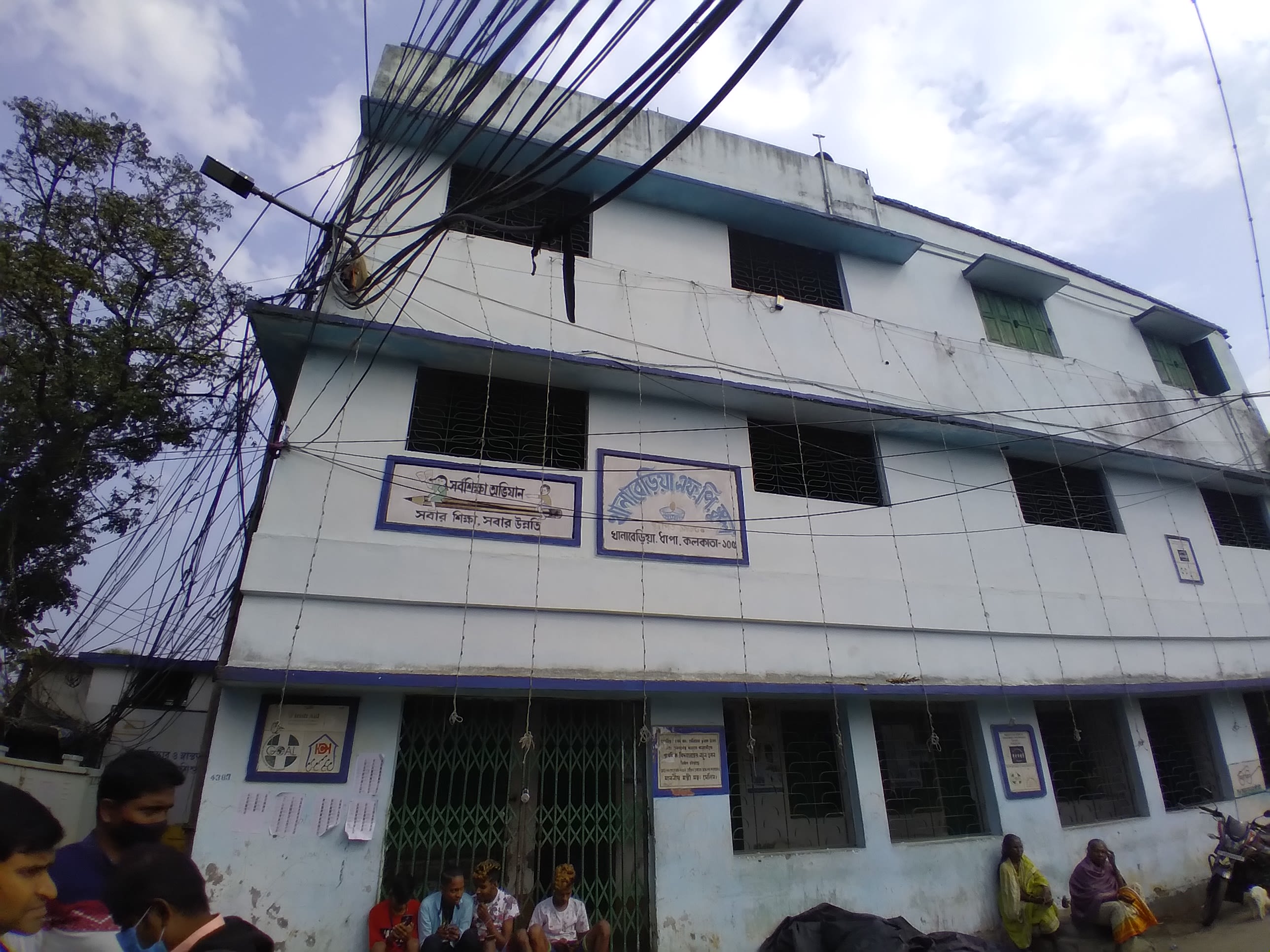
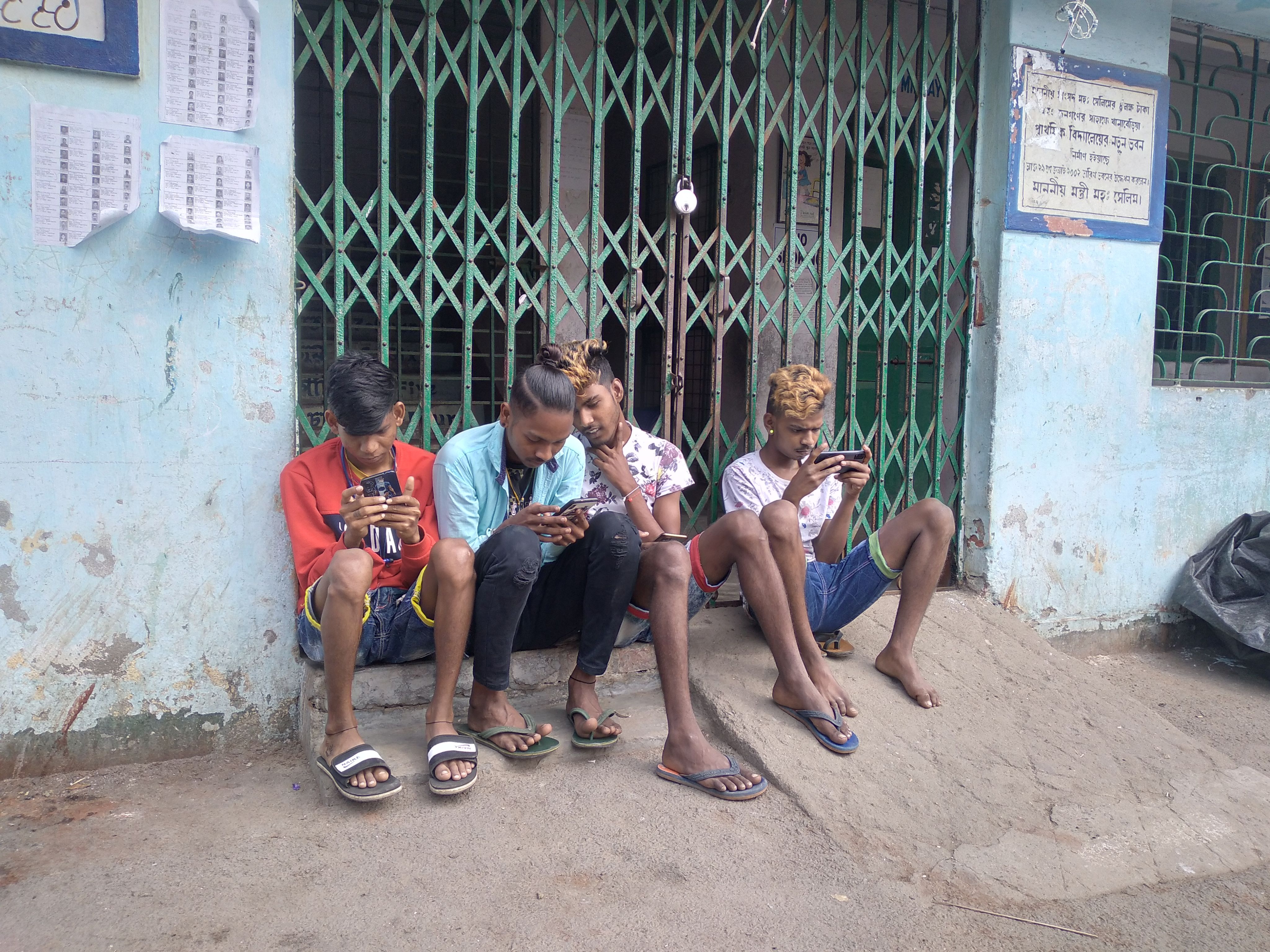
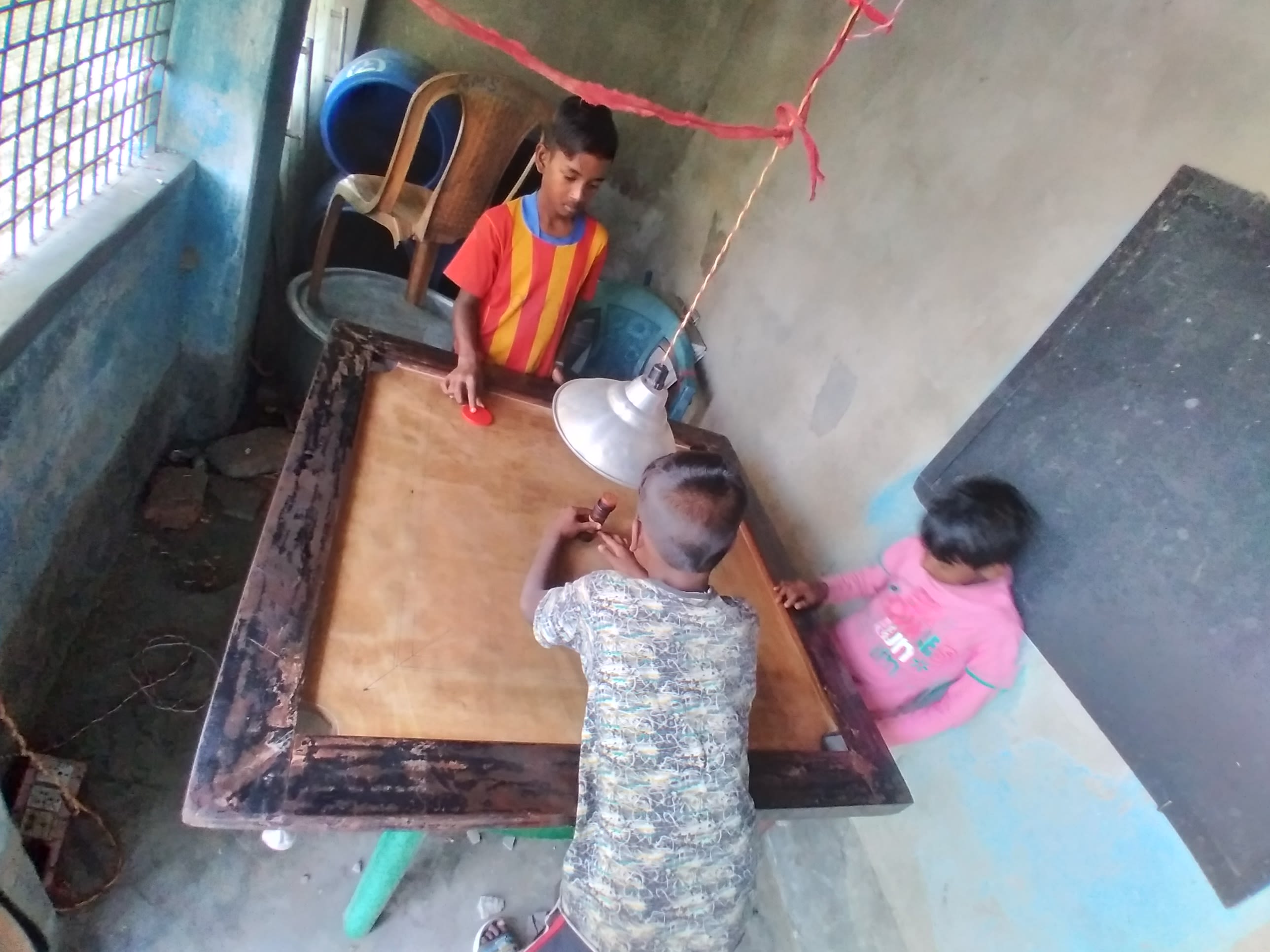
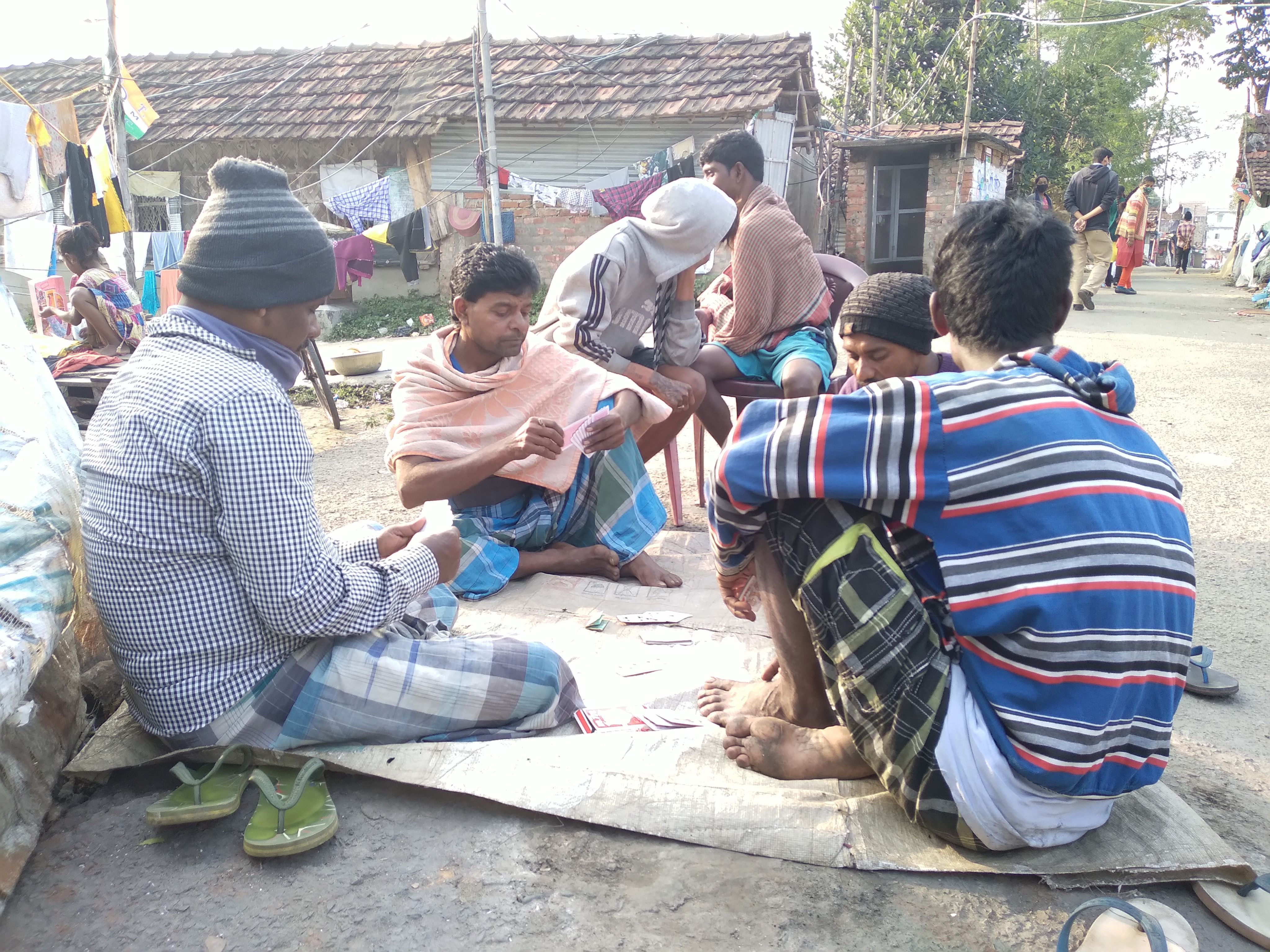
Shibu Sai, a social worker who is a teacher at this village said, “Women and children are the most affected here. The lack of education has led them to get extremely exploited with cases of domestic violence being common. Children here don’t go to school despite being enrolled in classes. Girls on the other hand get married pretty young, and most of them of their own will.”
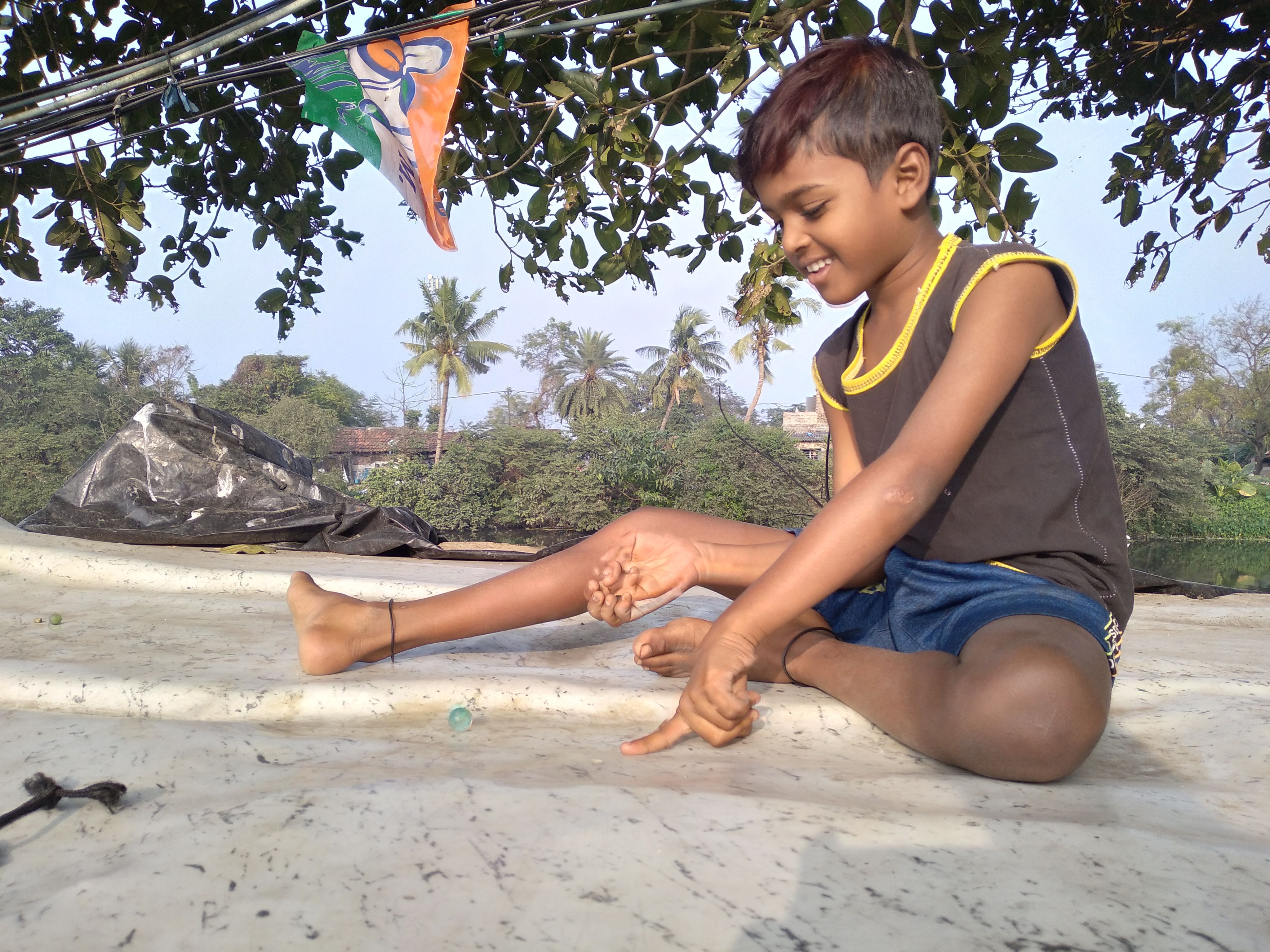
Most women here work at the wasteland too. While some do it to contribute to the household income, there are others like Janaki Munda, who have to work instead of their husband.
Janaki is a 28-year-old lady, with two daughters whose husband permanently injured his foot while working in the wasteland. Since then she manages her house as well as works at the wasteland.
The villagers here don’t have access to any medical facility. Most of those who work at the wasteland are often injured or infected with the likes of needles and other such medical wastes.
Moreover, pollution from the wasteland seeps into the water of the ponds across the village. Yet the villagers use these ponds to take showers, wash their clothes, and perform other such chores.
Most of them are unaware of the medical facilities available in the city. Often they are duped by the village doctor (known as Hature in Bengali) regarding their ailments and the respective treatments for them.
The leather factory lining the fields in the village also add to the water and air pollution. However, the villagers never complain about the same since it’s those very factories that offer them jobs.
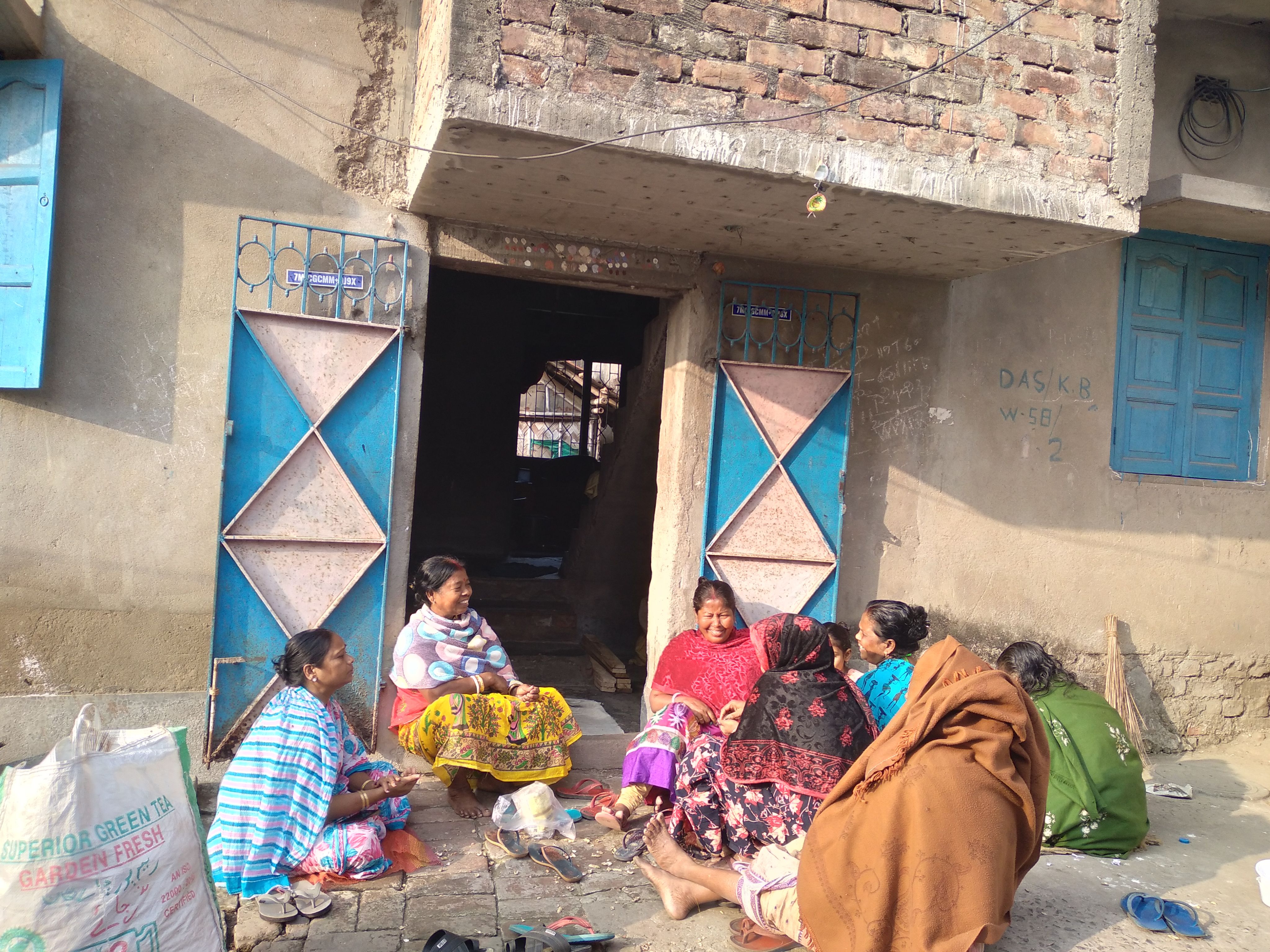
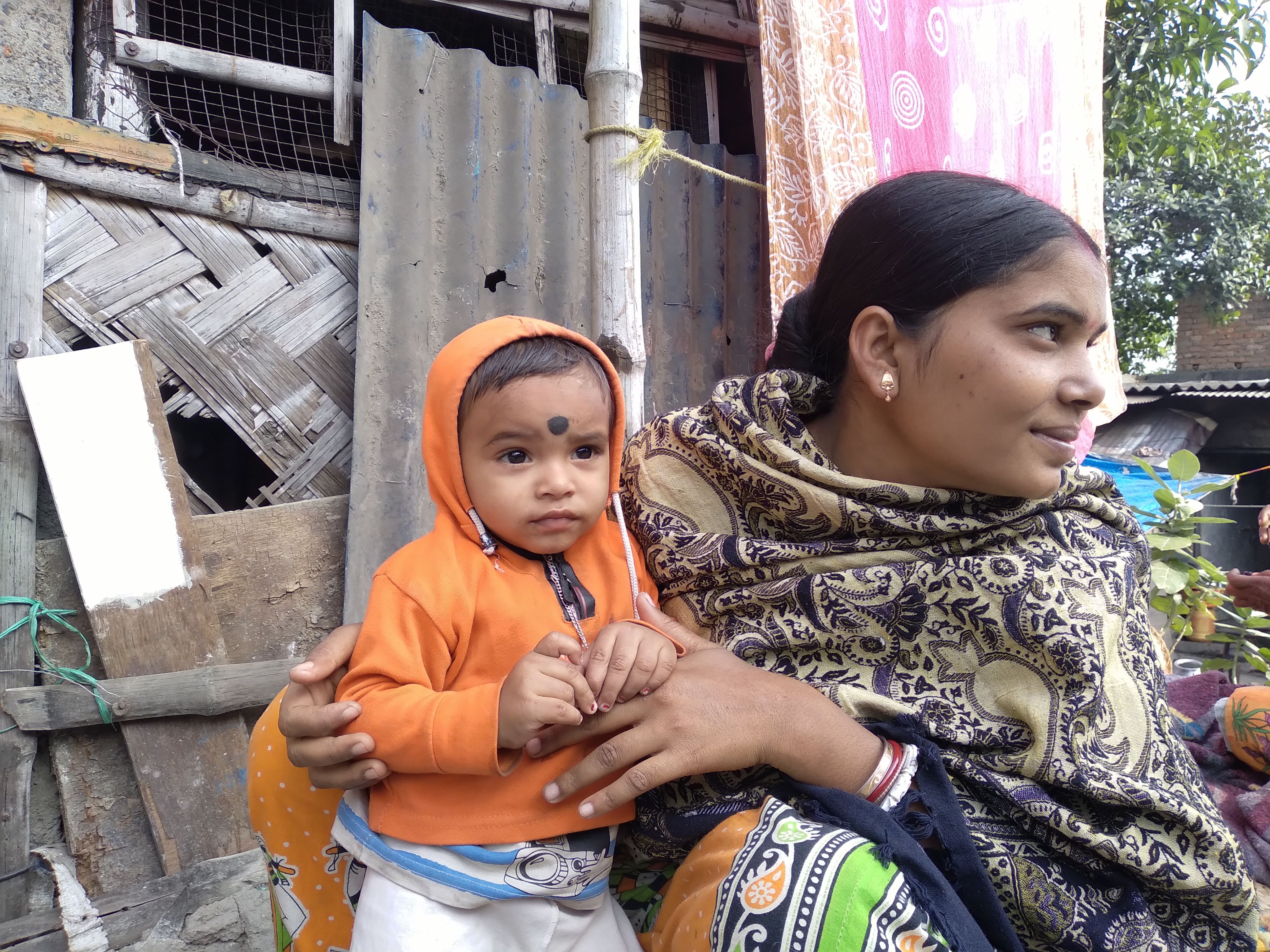
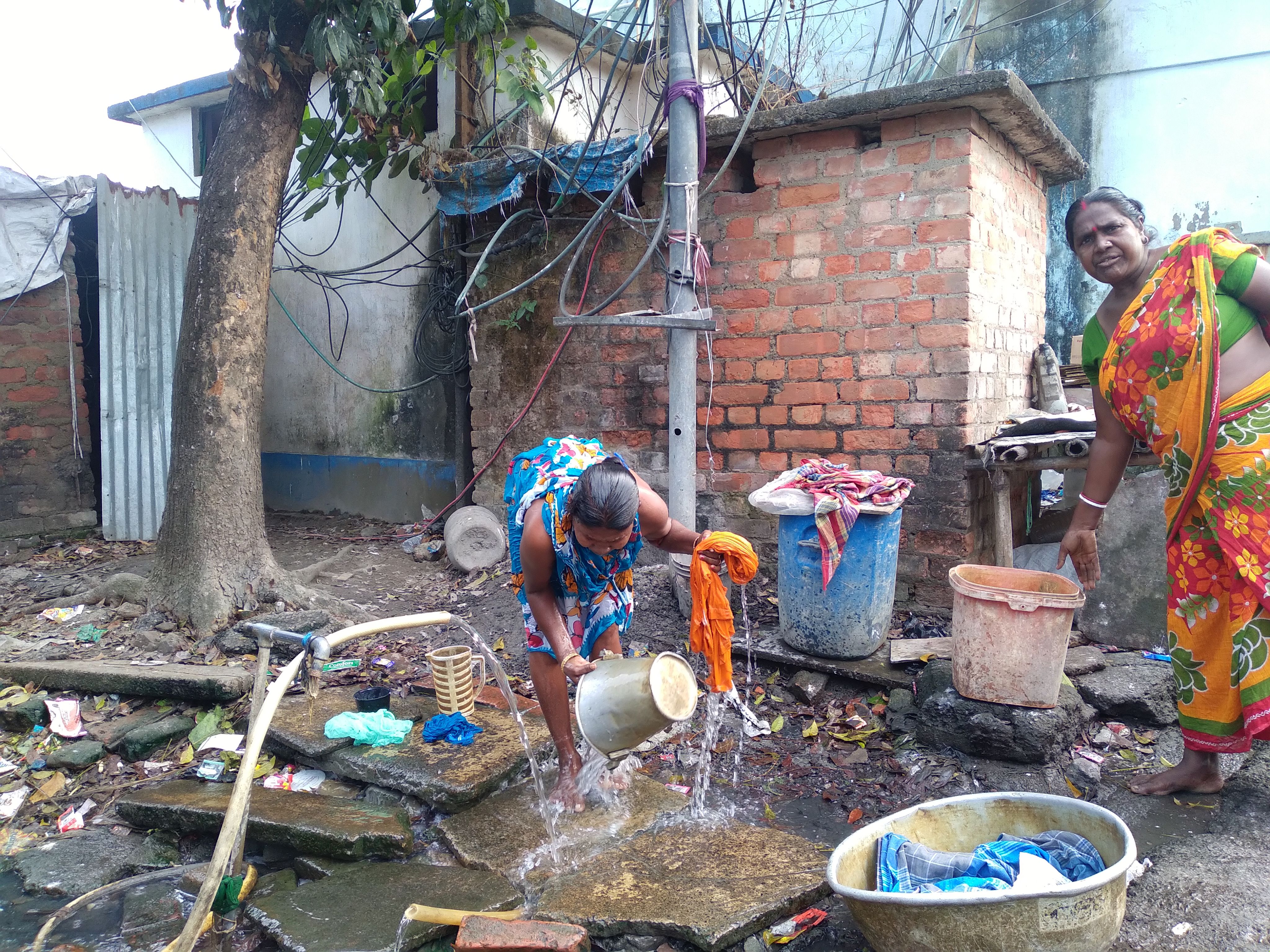
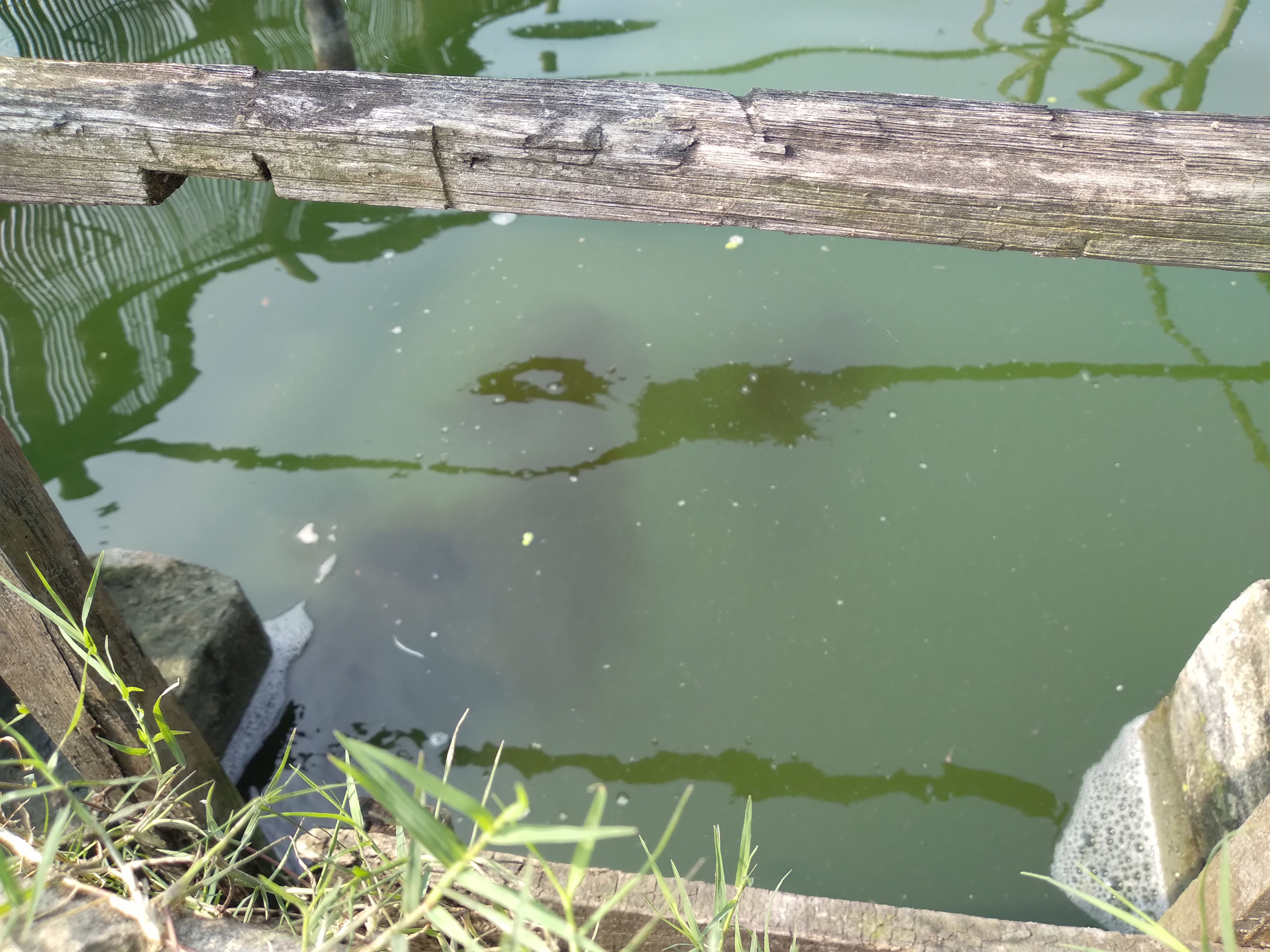
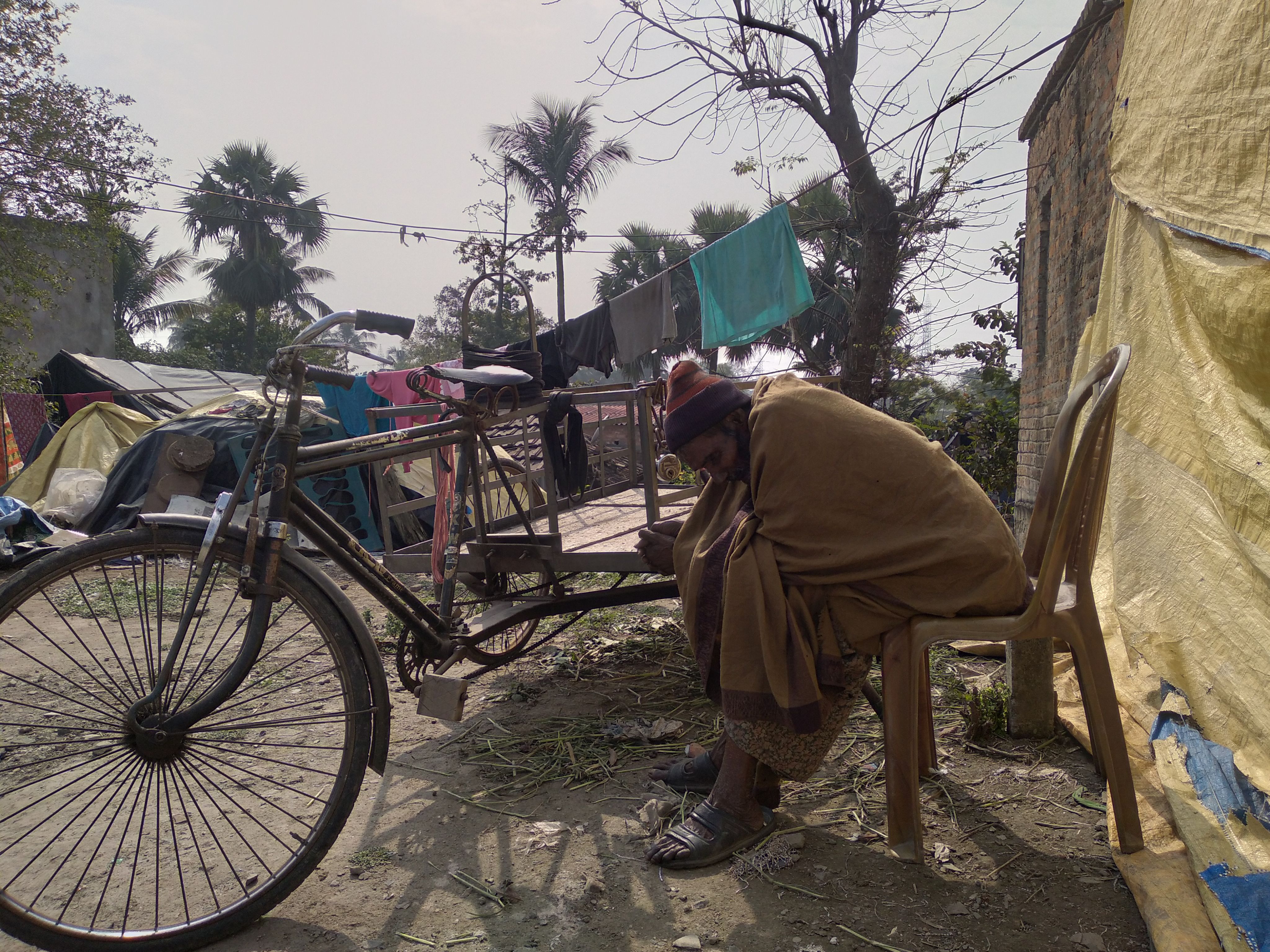
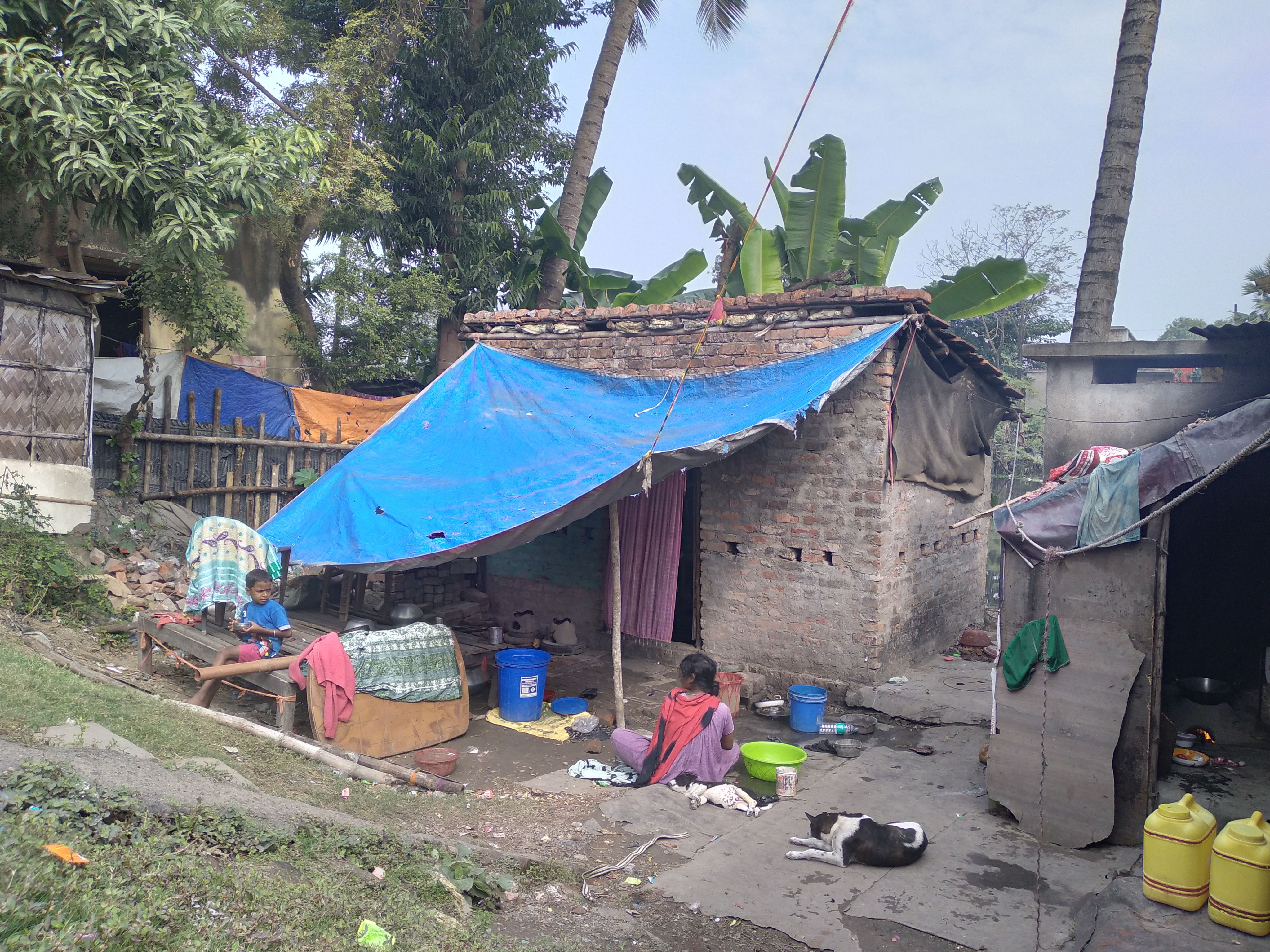
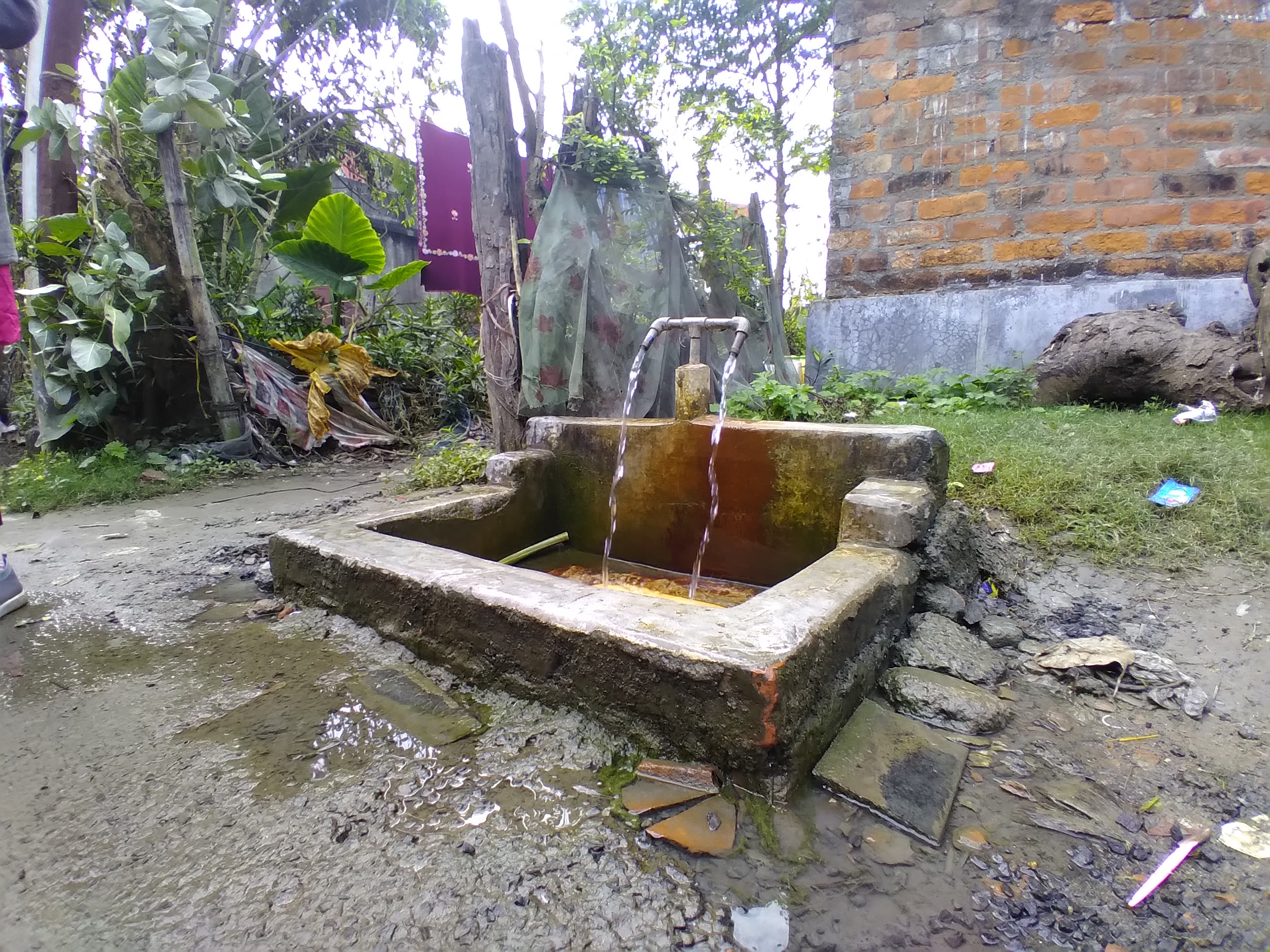
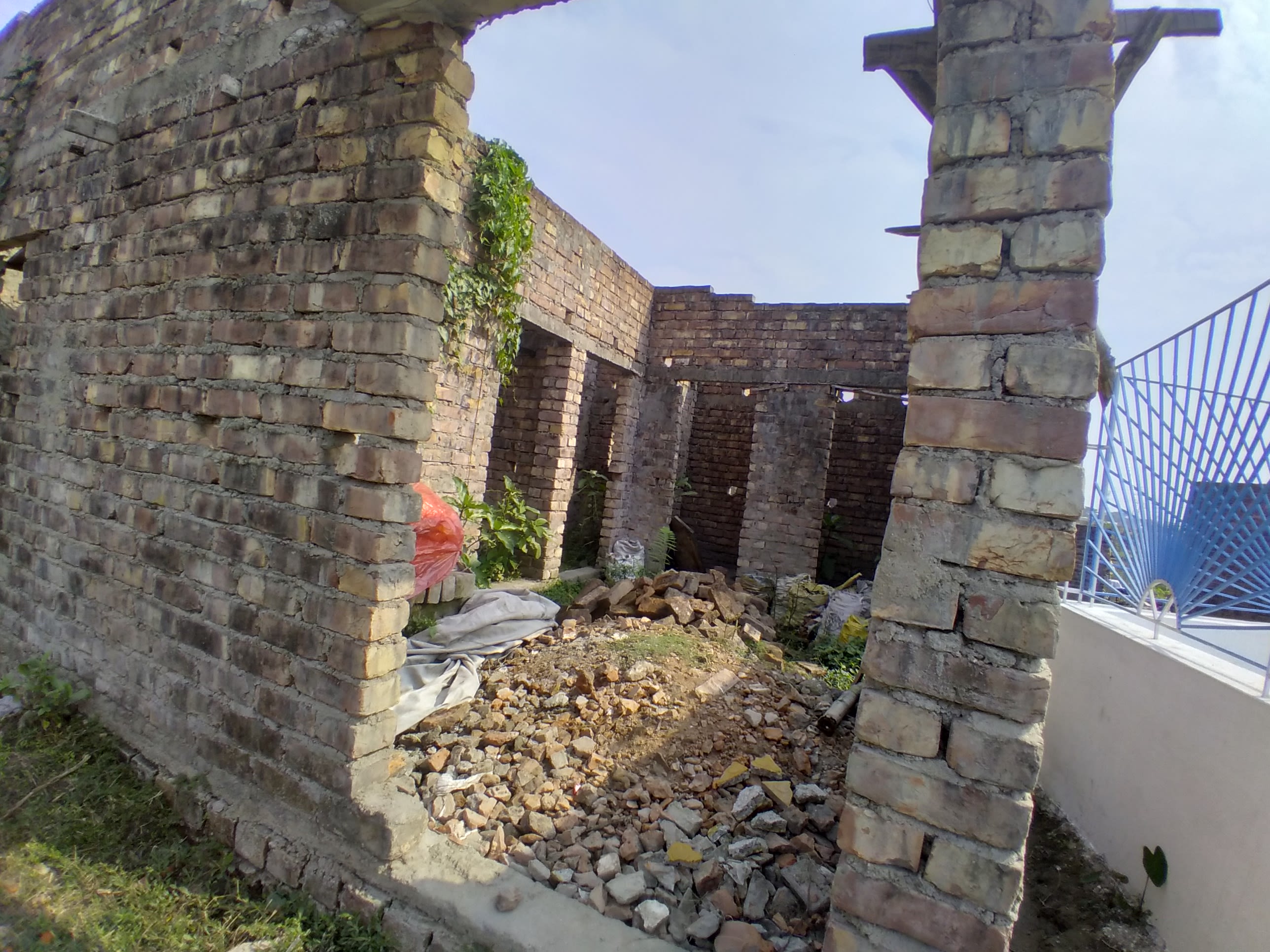
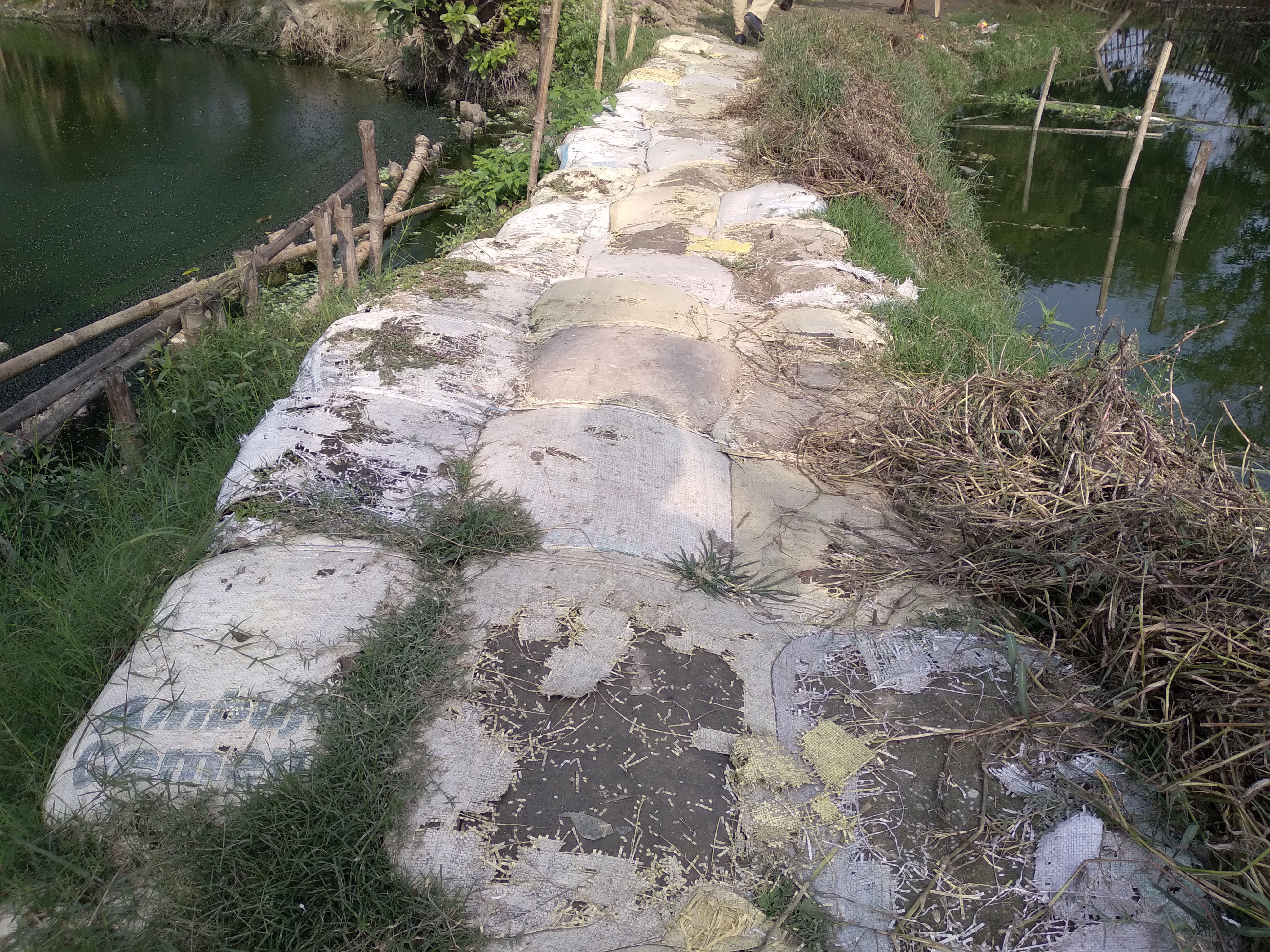





Khanaberia is developing now with the help of NGOs and sometimes with funds from the government. However, basic issues like those of physical health and education have remained to be a grave concern in this area. This is true, especially with respect to the youth of the village. They are highly susceptible to a life restricted to ill practices within the settlements of this wasteland.
